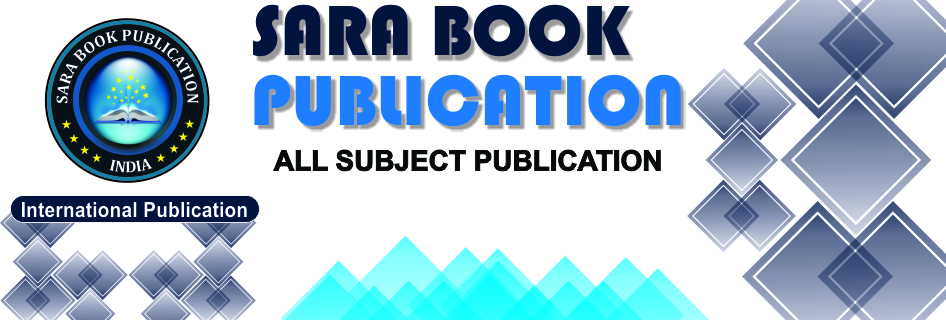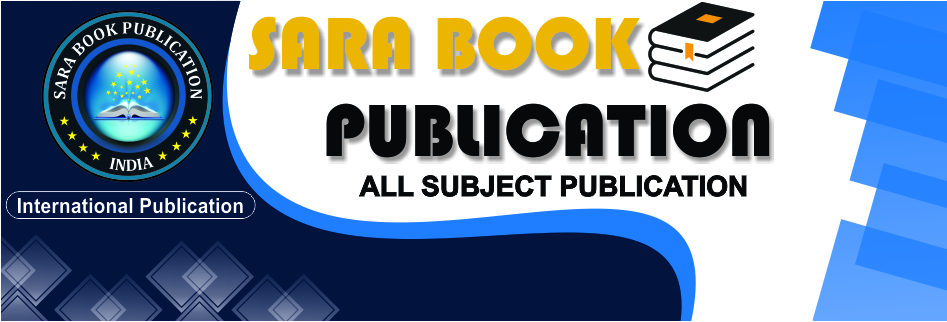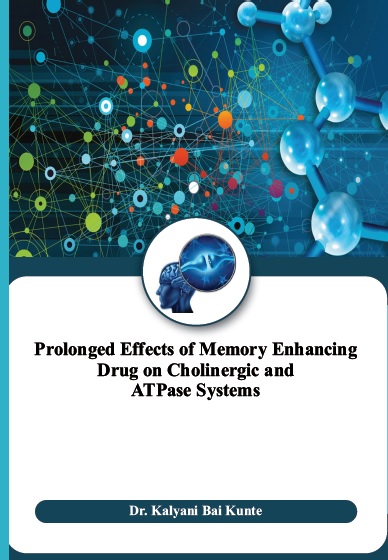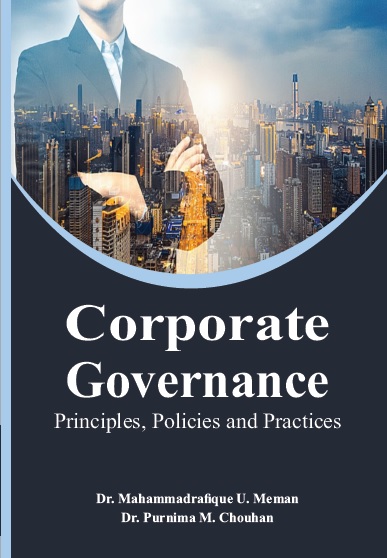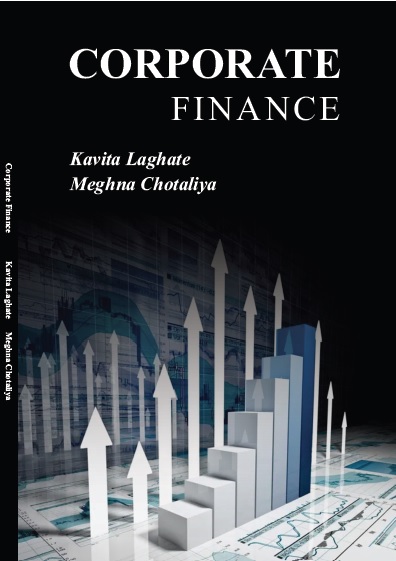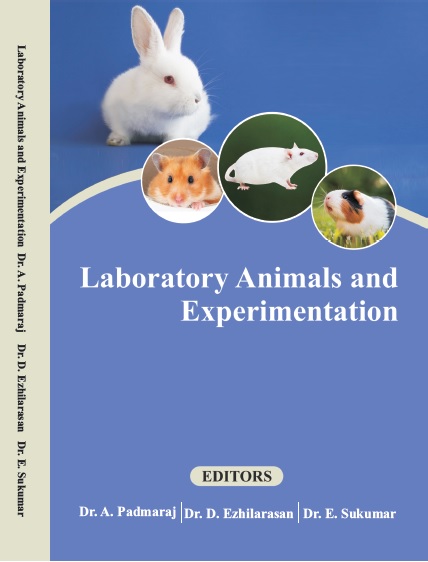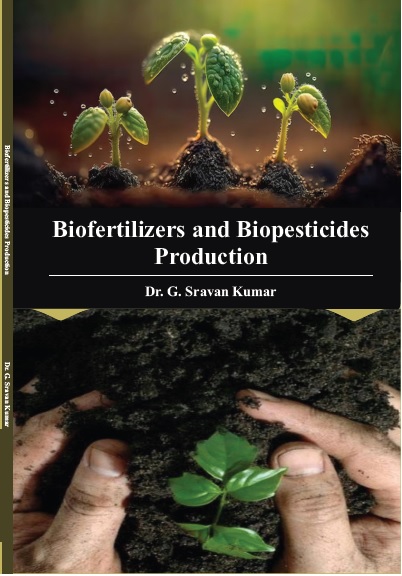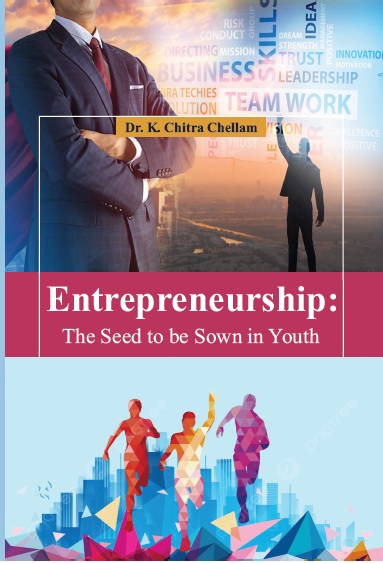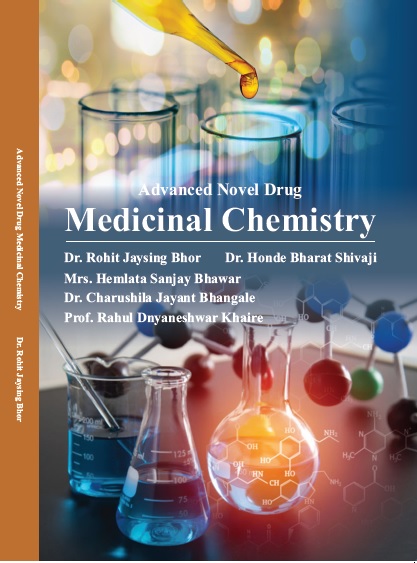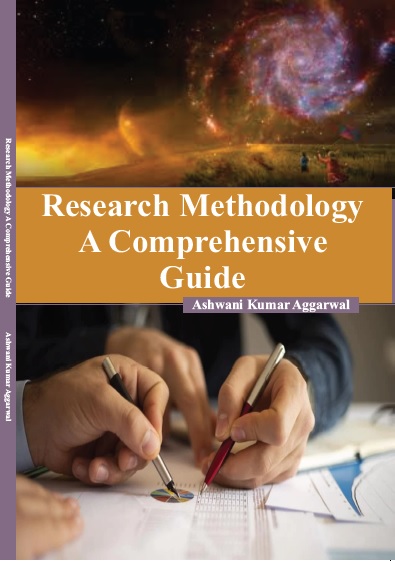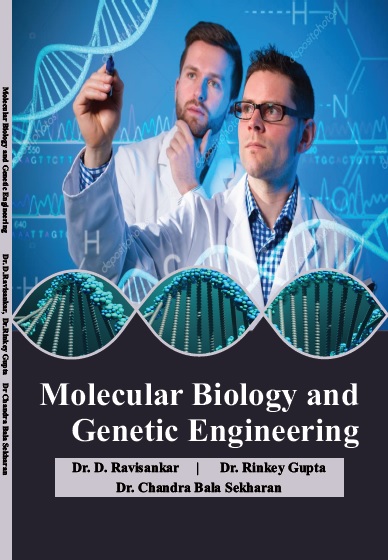LIFE SCIENCES
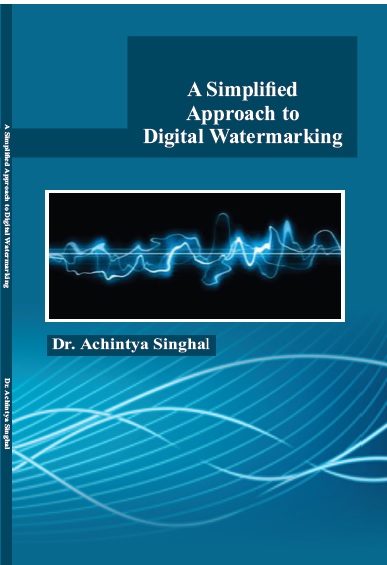
A Simplified Approach To Digital Watermarking
by Achintya Singhal
ISBN Number : 978- 1-63040- 905-0
Authors Details
| Author Name | Image | About Author |
|---|---|---|
| Achintya Singhal | 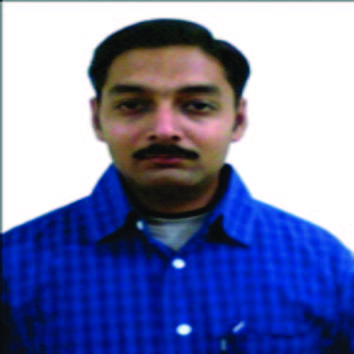 |
Dr. Achintya Singhal, Assistant Professor, Department of Computer
Science, Banaras Hindu University, Varanasi. He did his Ph.D. from APS
University, Rewa and has completed MCA from Aligarh Muslim
University, Aligarh. He has numerous research publications in national and
international journals and conference proceedings. He has also visited Sri
Lanka and Thailand in 2006. His research interest includes digital
watermarking, database, programming etc. He has over 10 years of
teaching experience. |
Book Description
With the growth of digitization and digital world, digital contents, unlike their analog counterparts, can be easily manipulated using a variety of sophisticated signal processing tools. Real like manipulations can be created by virtually everyone using readily available hardware and software components. The ease and extent of such manipulations raise serious questions about the integrity and authenticity of digital images. Potential security loopholes of shared information networks, e.g. Internet, on which digital images are commonly posted and distributed further exacerbates the problem. Digital watermarking is a method in which the information is embedded directly and imperceptibly into digital data, e.g., image, video or audio signals. The technique is similar to watermarks in paper documents; the embedded information is bound to the watermarked data wherever it goes. The embedded information should still be decodable from the watermarked data, even if the watermarked data is processed, copied, or redistributed. Potential applications of digital watermarking include copyright protection, distribution tracing, authentication and conditional-access control. Digital watermarking of images can be done either using spatial techniques or transform techniques. Spatial techniques are simple and efficient but not robust whereas transform techniques are robust but complex. The book intends to give it readers a glimpse of what digital watermarking is all about? Simple algorithms are provided in the text that can be converted to code and the feel of watermarking and its need can be explored. The book gives a basic foundation and motivates the readers to do further research in the area. An introduction to watermarking has been provided in chapter 1, and the literature review of algorithms is presented in chapter 2. Chapter 3 discusses the digital image watermarking model and the algorithms for watermarking in DCT and DWT domains. Chapter 4 provides the audio watermarking and video watermarking algorithms and some test results. Chapter 5 gives a brief of chaotic dynamics and its application in the area of watermarking. The book focuses on the watermarking of all the three major types of multimedia files i.e. image, audio and video. Most of the algorithms are tested and reasonable results are obtained. This book can prove to a stepping stone for the post graduate dissertation work and the future researchers in the area of digital watermarking. In the closing lines, I would like to emphasize that, watermarking and cryptography are the two fields that can't be optimal and we should practice ethical code of conduct to reduce security threats and emprise Information Technology and Computer Science field for improving the quality of research and life.



